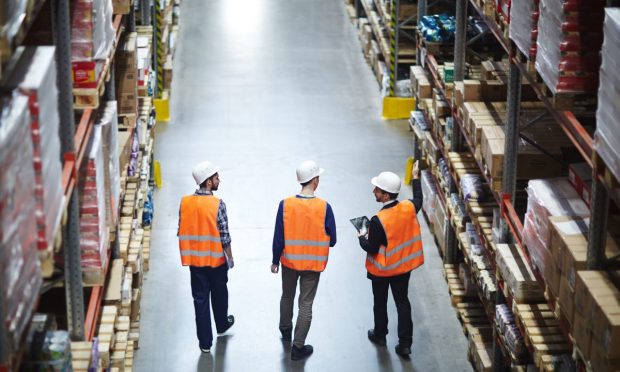Are Warehouse Vacancy Rates Rising or Falling?

Just days after a report said that greatly needed warehouse construction may be slowed by municipalities concerned about traffic and pollution, another report explained the two-year boom in demand for warehouse space is showing the first signs of slowing.
For the first time since the start of the pandemic and the surge in eCommerce that followed, the average warehouse vacancy rate in the United States has risen, The Wall Street Journal (WSJ) reported Friday (Oct. 14), citing figures from global commercial real estate services firm Cushman & Wakefield.
The vacancy rate rose only 0.2 percentage points — from 3% in the second quarter to 3.2% in the third — and remains below 2020’s rate of 5.0%, the report added.
This news follows a Monday (Oct. 10) report by The New York Times that the construction delays caused by concerned communities could worsen the warehouse shortage, with business and labor groups saying this would impact the nation’s already struggling supply chains.
Read more: Retail Warehouse Shortage Could Worsen as Cities Mull Construction Bans
WSJ itself reported Oct. 5 that small- to medium-sized businesses (SMBs) across the country were scrambling to find warehouse space as larger retailers have been grabbing it up to store their excess inventory.
See more: Swollen Retail Inventories Leave Small Businesses Short on Warehouse Space
In its Friday report, WSJ said several factors are contributing to the reduced demand, including companies being cautious about leasing in the face of an uncertain economy, retailers working to reduce the excess inventory they were left with when consumer demand shifted after the pandemic and developers dialing back construction due to rising interest rates.
Another factor may be that companies that do want to lease warehouse space are finding that it’s not available, per the report.
As PYMNTS has reported, the demand for warehouse space leapt immediately after the start of the pandemic as Americans began doing more of their shopping online.
As early as July 2020, companies’ need for fulfilment centers was driving 50% of industrial real estate transactions, up from 35% just months earlier, before the start of the pandemic.
Read more: Report: eCommerce Growth Drives Need For New Warehouse Space
In response, over the past two years, companies have accelerated their implementation of solutions ranging from robots that maximize the use of the warehouse space they do have, using existing retail locations to store and deliver products and analyzing credit card data to get in front of shifts in consumer buying preferences — and minimize the build-up of excess inventory.
See more: Retailers Turn to Inventory Tech and Robotics to Ease Pain of Limited Warehouse Space
These efforts are likely to continue. Despite the small rise in the vacancy rate, the amount of warehouse space currently being leased is the highest it’s been since 2019, according to Friday’s WSJ report.
For all PYMNTS retail coverage, subscribe to the daily Retail Newsletter.
